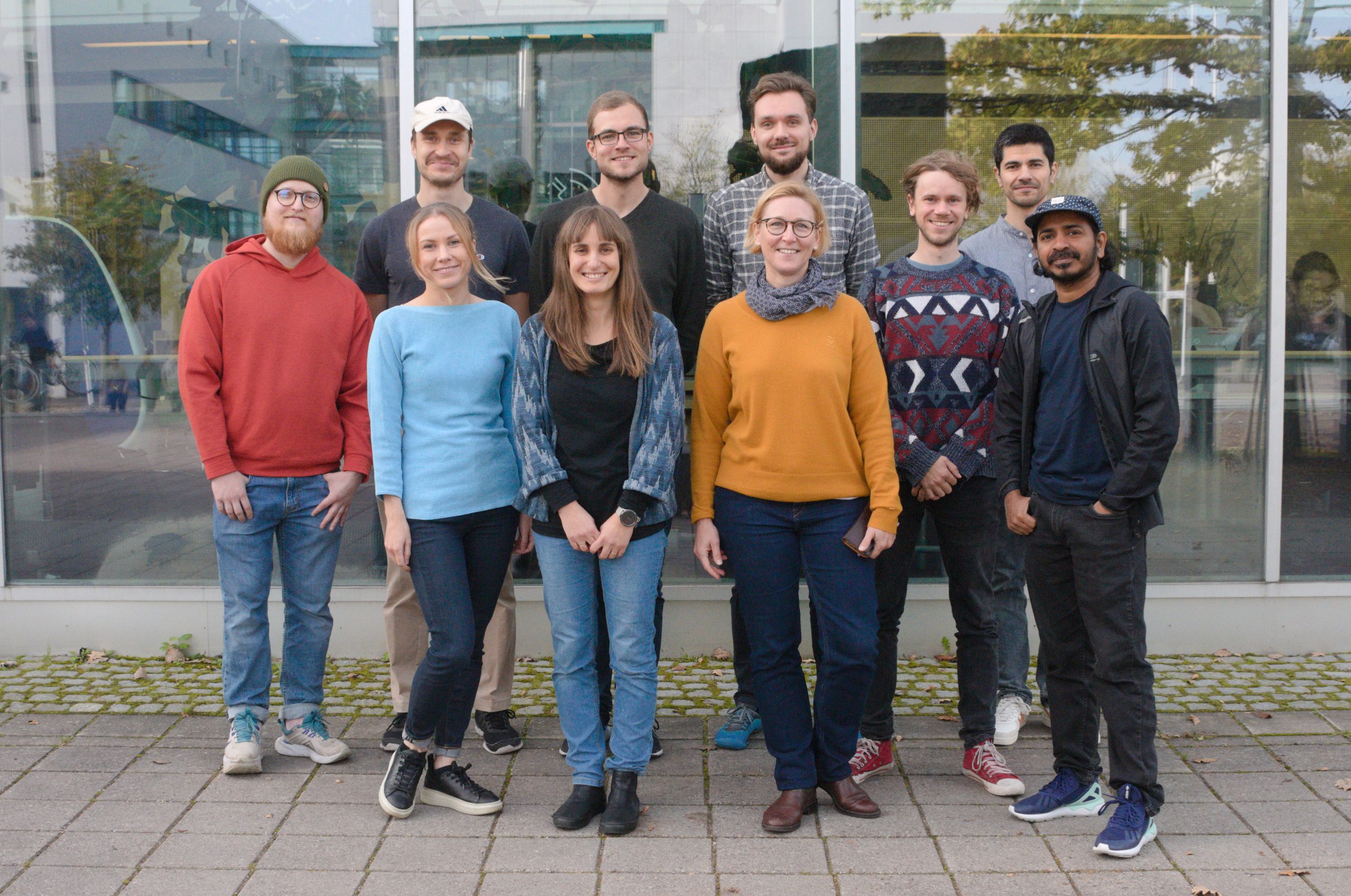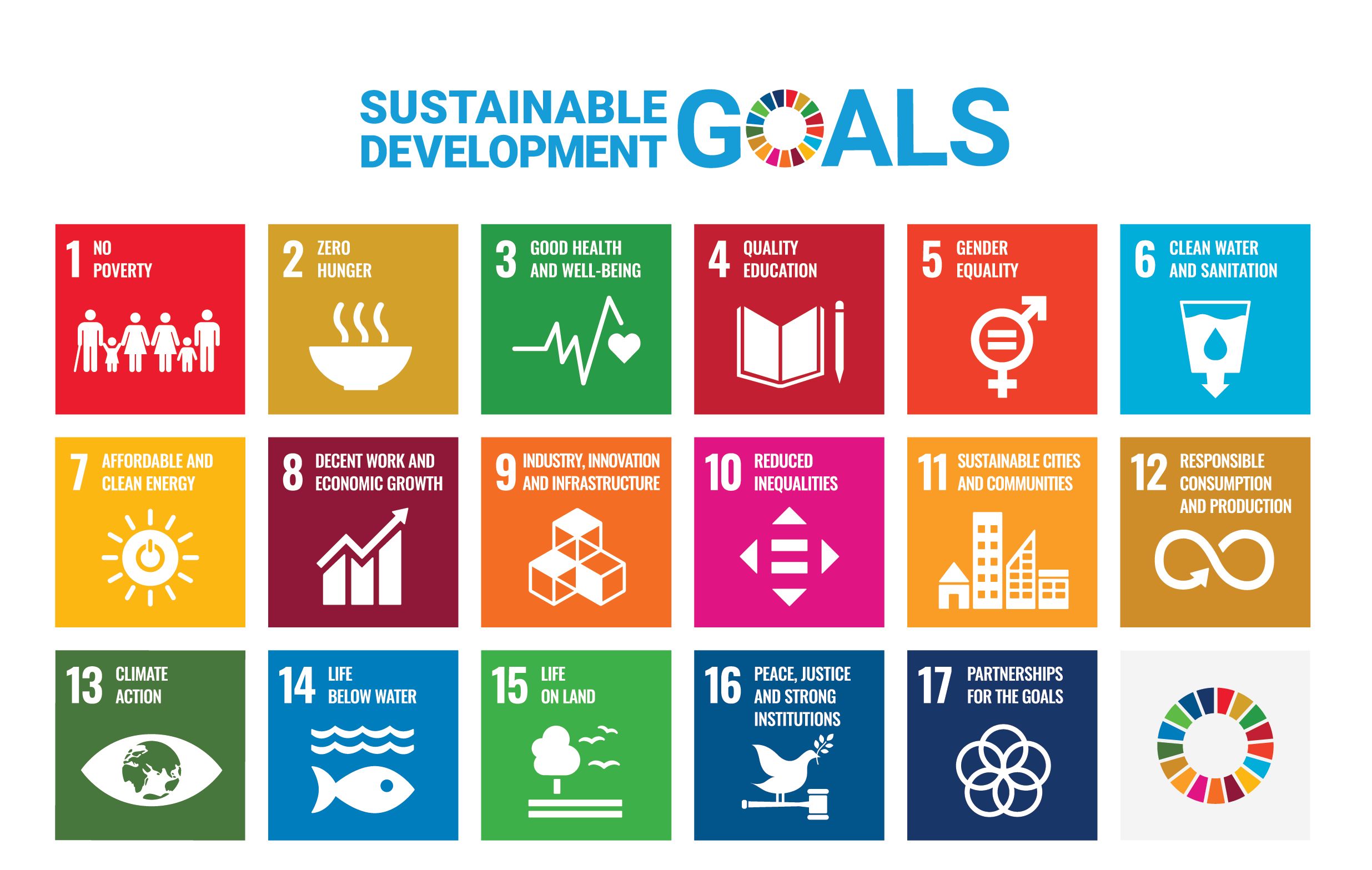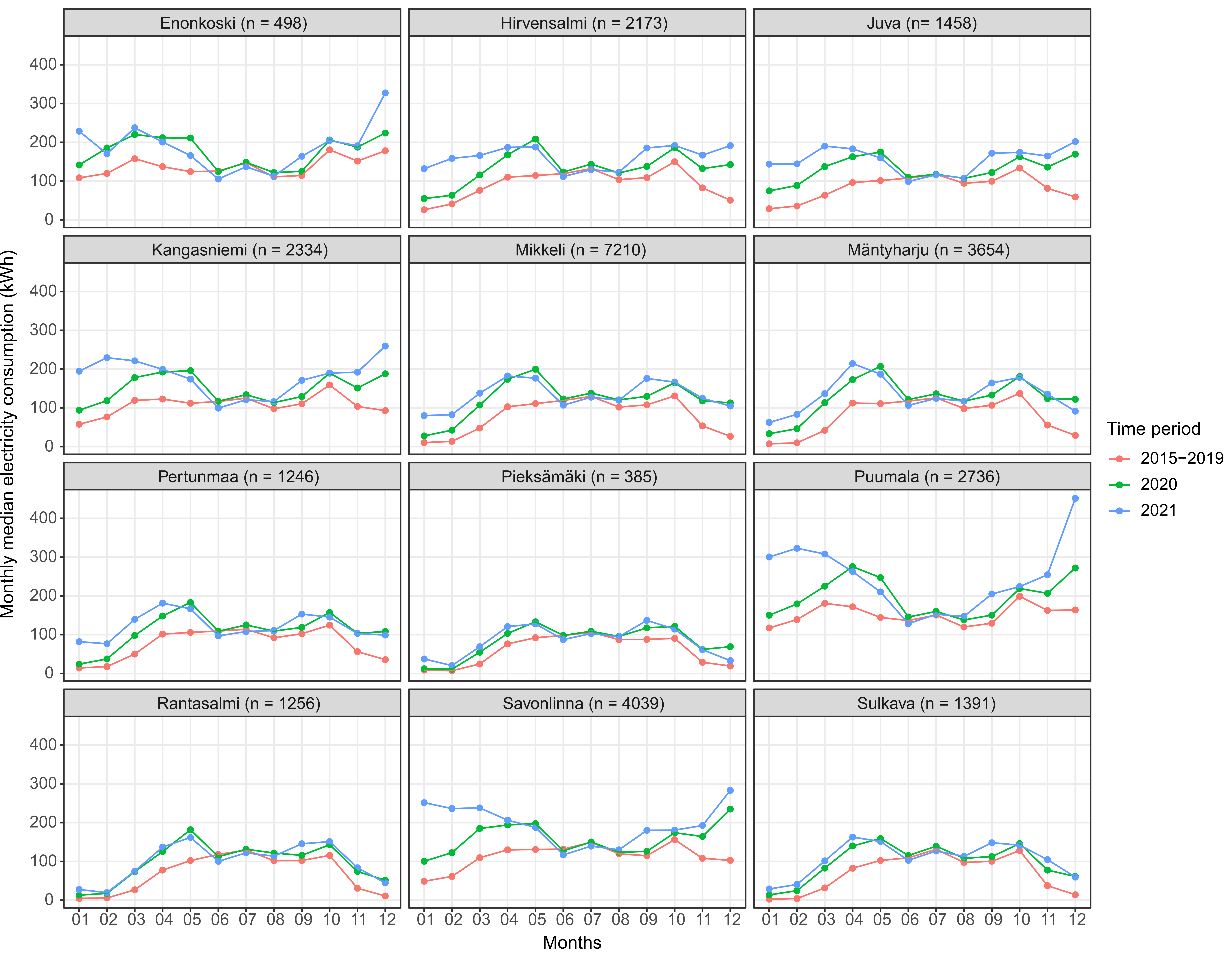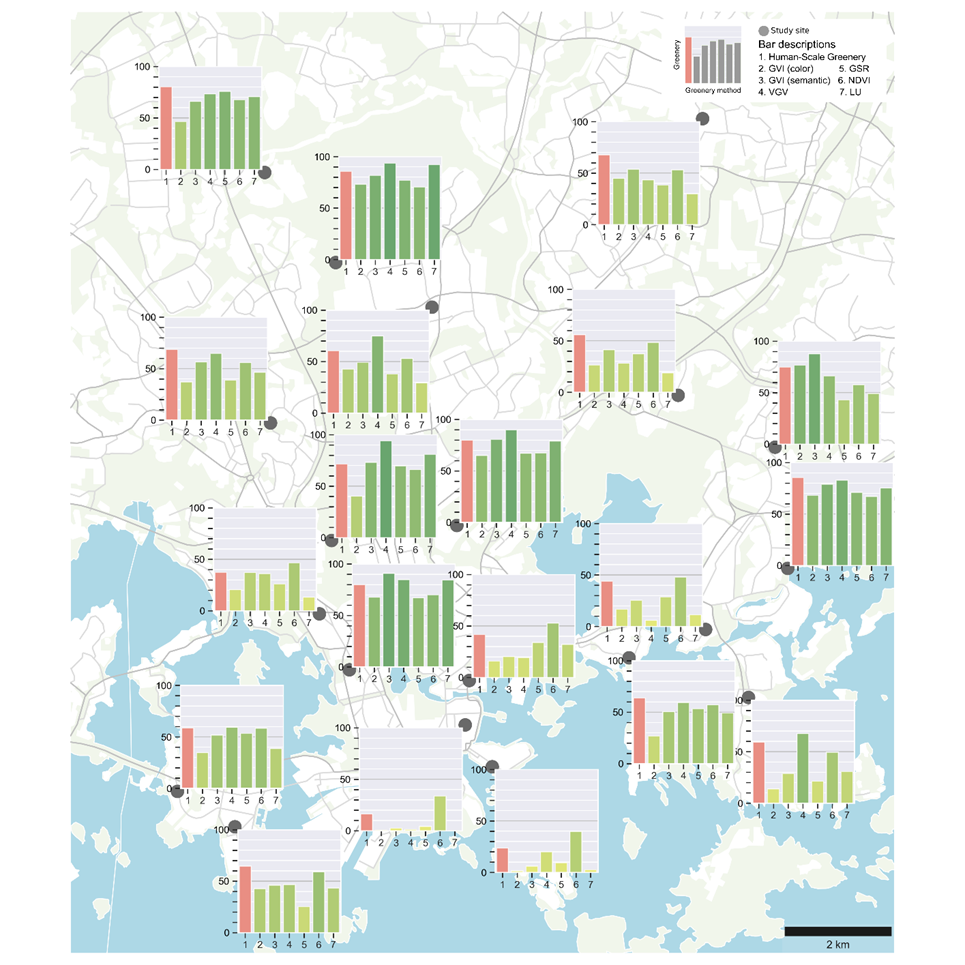We are happy to introduce Ashish Shete! 🙂 Ashish joined the Digital Geography Lab in December 2023 to work as a Technical Assistant in the GREENTRAVEL project. Check out our mini-interview with Ashish to learn more about him and his research.

Who are you, and what is your role at the University?
I am Ashish Shete, and I have recently relocated to Finland from Pune, India. Since mid-December 2023, I work as a Technical Assistant at the Digital Geography Lab, University of Helsinki. My current role involves contributing to the GREENTRAVEL project, which focuses on studying urban travel environments’ greenery from diverse perspectives. Specifically, my task is to design and develop the VR setup for this project. This setup will help creating controlled environment to analyse effects of green travel environments on people and the relevance of various greenery features, also considering the seasonal variations.
In what kind of positions have you worked prior to joining University?
I have over a decade of experience in Visualization and CAD software development. My expertise spans software development in domains such as shipping, oil-field exploration, and BIM. I have crafted immersive experiences like 3D visualizations, walk-throughs and animation while working in collaborative settings within both multinational corporations and startup environments. I hold a master’s degree in automotive engineering. Continue reading “Meet Ashish Shete, a new Technical Assistant in the GREENTRAVEL project”

 Photo by Christoph Fink
Photo by Christoph Fink The GREENTRAVEL project team. Photo by Christoph Fink.
The GREENTRAVEL project team. Photo by Christoph Fink. Figure 1. 17 Sustainable Development Goals. Source:
Figure 1. 17 Sustainable Development Goals. Source:  Figure 1. Monthly median electricity consumption (kWh) in municipalities during three periods: average for 2015-2019, 2020 and 2021. N represents the number of free-time residences in January 2021.
Figure 1. Monthly median electricity consumption (kWh) in municipalities during three periods: average for 2015-2019, 2020 and 2021. N represents the number of free-time residences in January 2021. 
